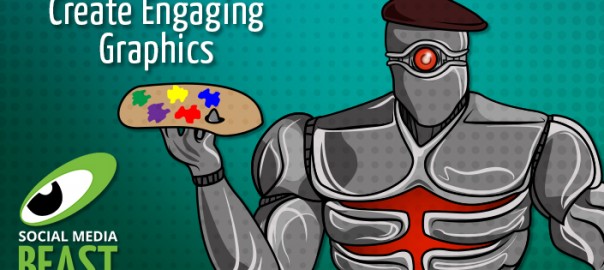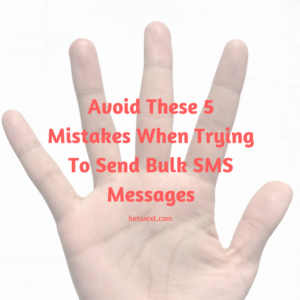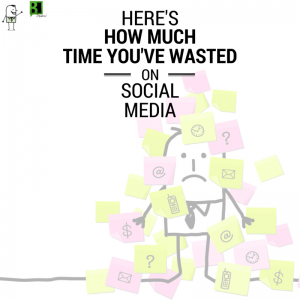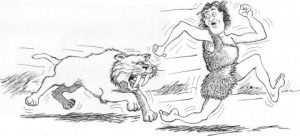
Want your small business to have an edge over the competition? Learn how to make the best visuals. For starters, visuals surge retention rates by 42 percent, so if you want your brand to be remembered on social, use images. But not just any images. Your fans have short attention spans – we’re talking less than 10 seconds short. Use images and graphics that grab your fans’ attentions and make them want to interact with and remember your brand. Read on for 6 tips to keep in mind when creating engaging social media graphics:
Utilize white space
Sounds simple enough – it’s the blank space of an image, ad, infographic, etc. But what is too much or too little? Too little and your visual may overwhelm the viewer. Too much and hello, boring. Make sure you have a good balance without trapping too much white space. Keep in mind cleaner and more simplistic visuals tend to have more white space.
Don’t go overboard with color
As a rule, try not to use more than three colors on your graphics. Utilize saturation tools to get different shades. It’s also a good idea to consult a color wheel when making visuals. A color scheme can be based off analogous colors aka the three colors that are side-by-side on the color wheel. Another option is to use complementary colors – those that are directly opposite each other on the color wheel – to create a visual with high contrasts. Use your best judgement because if it looks too overwhelming to you, it probably is for your audience as well.
Reference the rule of thirds
Imagine your visuals are sectioned off into thirds both vertically and horizontally. This is especially important when you have figures in your visuals. The figure should be placed in one of the four intersecting points on these virtual lines rather than the center, because it flows better with the natural process of viewing an image.
Remember the hierarchy of type
Whenever you’re considering type size, remember that the bigger the text is, the more someone is going to pay attention to it. Think of any poster you’ve ever seen. The small “fine print” is the least read (hence why it often includes the limitations or something the creator would rather you not read too carefully). We’re not suggesting you pull the wool over your audiences’ eyes, but instead make sure the most important messaging is in the largest font size.
Think about fonts
Readability on a computer or mobile phone is different than on a piece of paper or book. That’s why you should use more sans serif fonts (those that don’t have the little feet) as opposed to serif fonts. Think Arial rather than Times New Roman. If it’s easier on the eyes, it’s more likely your text will be read!
High-quality images are best
Aesthetic is the most important quality of a visual. If your visuals include blurry or highly pixelated images, it will be noticeable…and not in a good way. It’s better to have high resolution images – especially when you’re stripping, cutting or resizing an image into a graphic. Quality images can be hard to find if you don’t have a photographer on hand (and don’t want to break copyright laws), so stock images are your friends. There are many free stock photo sites that have license-free images or merely require an attribution.
If you managed to read through this whole article without getting distracted, as the pesky internet age has made us prone to do, then you’re ready to make your own visual masterpieces. Remember, these are merely guidelines – and I’ve never met a rule I didn’t want to break – so don’t be afraid to experiment. When all else fails, go with your best gut or call the Beasts. We love giving opinions.
(211)







